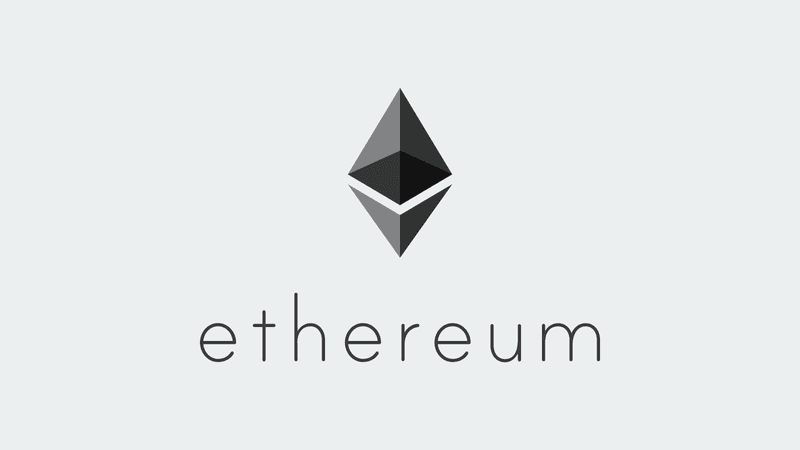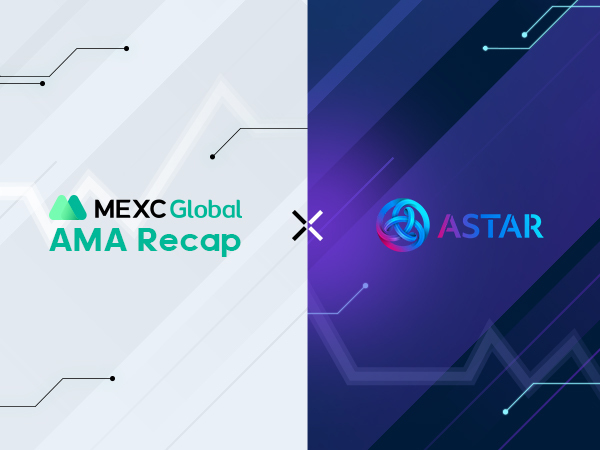Cryptocurrency mining is the process by which new digital currencies are created and transactions are verified and added to the blockchain. Understanding the intricacies of this innovative technology is crucial for anyone interested in the world of cryptocurrencies.

Basics of Cryptocurrency Mining
At its core, cryptocurrency mining involves solving complex mathematical problems to validate transactions on the blockchain. Miners use powerful computers to compete in solving these mathematical puzzles, and the first one to solve it gets the opportunity to add a new block of transactions to the blockchain. This process is known as proof-of-work, a consensus algorithm widely used in cryptocurrencies like Bitcoin.
Mining Equipment
Mining requires specialized hardware, commonly known as mining rigs. These rigs consist of powerful processors (CPUs) or graphics cards (GPUs) that can handle the computational load. In the early days of Bitcoin, individuals could mine using personal computers. However, as the difficulty of mining increased, specialized equipment known as ASICs (Application-Specific Integrated Circuits) emerged, offering significantly more power and efficiency.
The Blockchain and Block Rewards
Once a miner successfully solves a complex mathematical problem, they add a new block of transactions to the blockchain. As a reward for their efforts, miners receive newly created cryptocurrency coins, known as block rewards, and transaction fees. This incentive system encourages miners to contribute computational power to the network, ensuring its security and decentralization.
Proof-of-Work vs. Proof-of-Stake
While proof-of-work is the traditional mining method, some cryptocurrencies use alternative consensus mechanisms like proof-of-stake. In proof-of-stake, validators are chosen to create new blocks based on the number of coins they hold and are willing to “stake” as collateral. This approach is more energy-efficient compared to proof-of-work, which has faced criticism for its environmental impact due to high energy consumption.
Mining Pools
Individual miners often join mining pools to combine their computational power and increase their chances of successfully solving blocks. When a pool successfully mines a block, the rewards are distributed among its members based on their contributed computing power. This cooperative approach provides more consistent returns compared to solo mining.
Challenges and Risks
Cryptocurrency mining faces challenges, including the increasing difficulty of mathematical problems, rising energy costs, and potential regulatory scrutiny. Additionally, the evolving landscape of cryptocurrencies introduces risks such as market volatility, hardware obsolescence, and security concerns.
Conclusion
Cryptocurrency mining plays a fundamental role in the creation and maintenance of digital currencies. As the industry continues to evolve, understanding the basics of mining is essential for investors, enthusiasts, and anyone seeking to grasp the innovative world of cryptocurrencies. Whether one chooses to mine individually or join a pool, the mining process remains a cornerstone of the decentralized and secure nature of blockchain technology.
Join MEXC and Get up to $10,000 Bonus!



